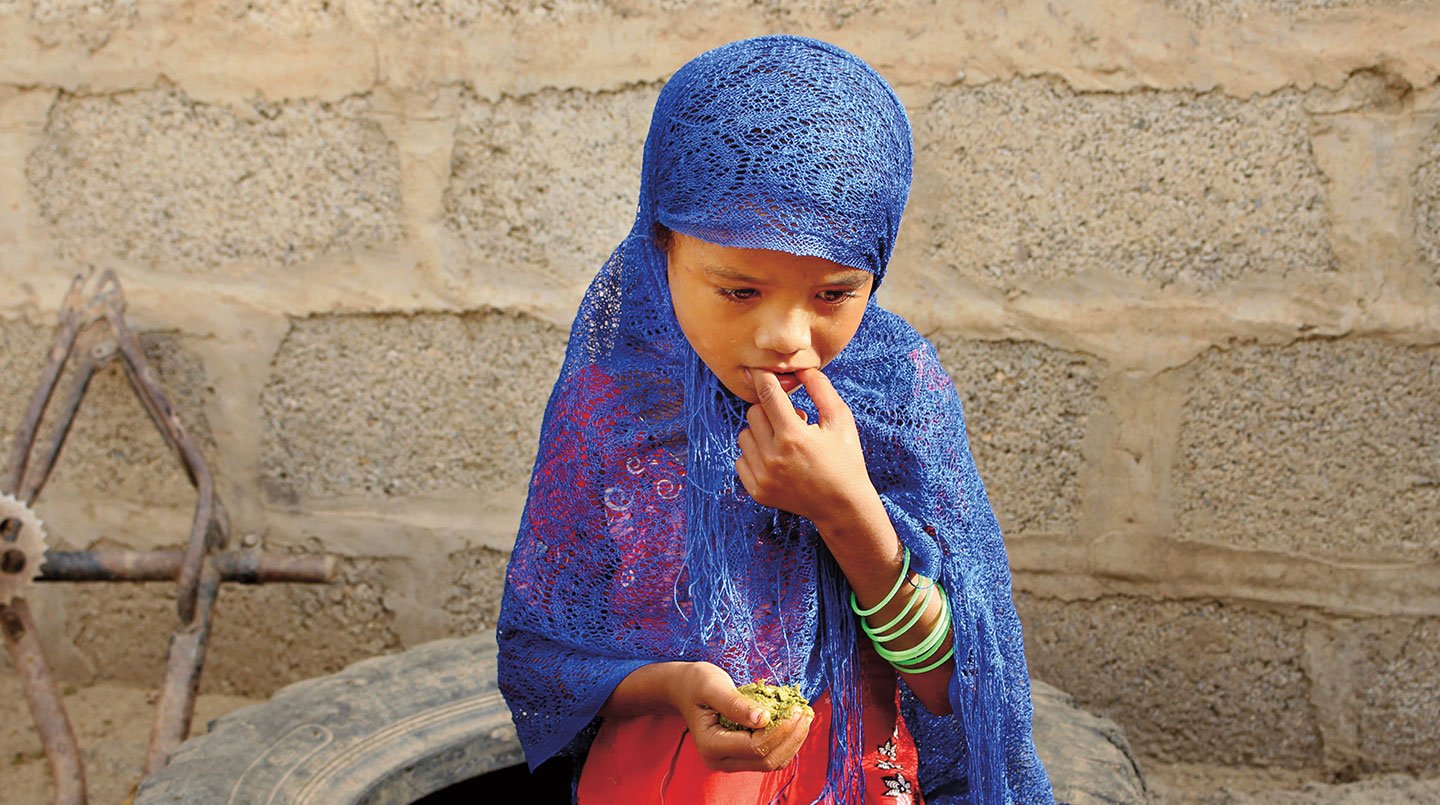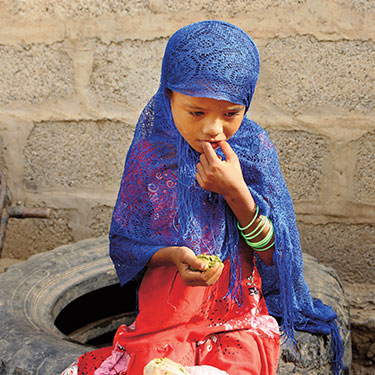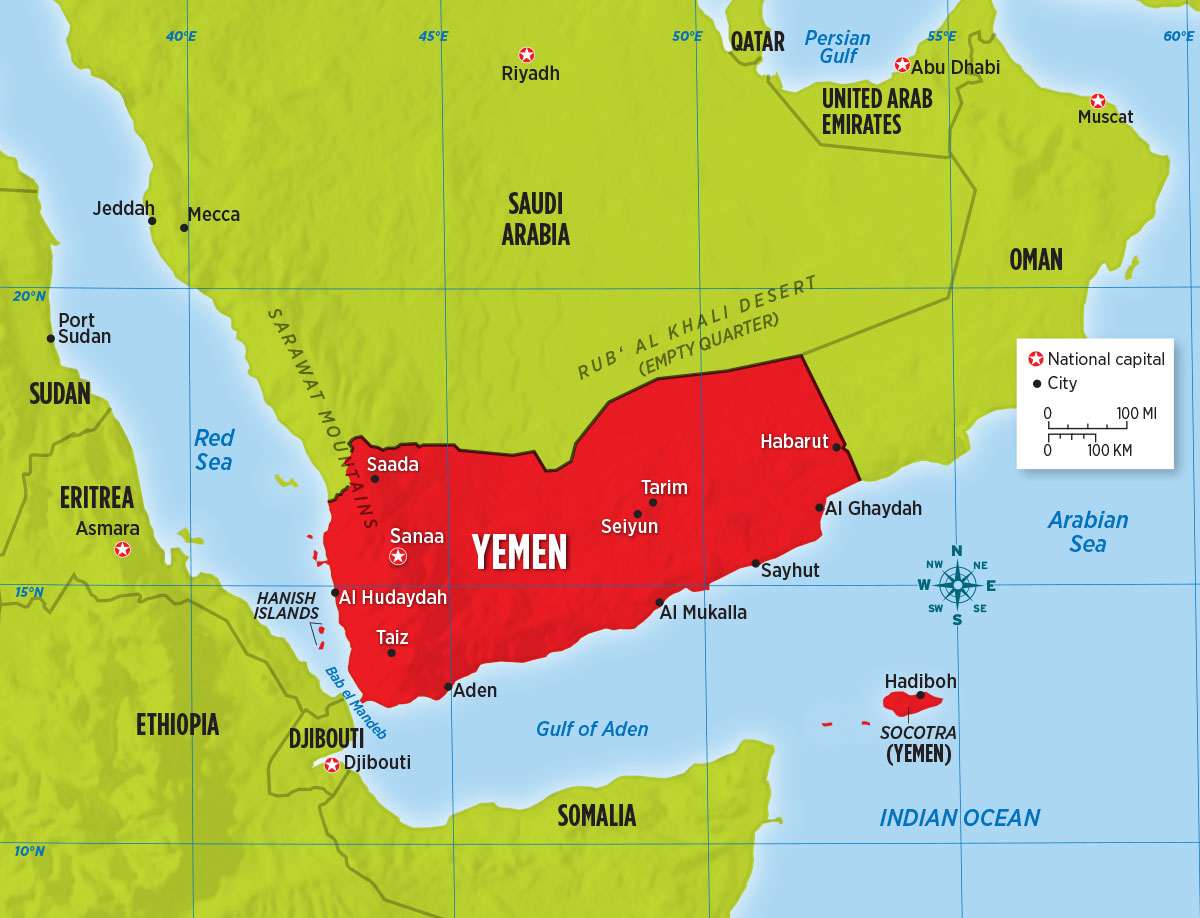Yemenis like Hajaji and Abrar—the girl clinging to life in the hospital—are enduring terrible tragedies. But the fact that the media is starting to report their stories is helping the world become more aware of the crisis in Yemen.
For years, little was known about the war, partly because few journalists have been allowed into the country. But now, with every story of suffering shared, more pressure is being placed on the international community to help resolve the conflict.
Recently, the Saudis and Houthis met in Sweden for peace talks. They agreed to a cease-fire in Al Hudaydah, a key port city in Yemen through which 80 percent of the country’s imports are delivered. Both parties said they would withdraw from the city, but as this issue went to press, neither had.
Still, many experts say a resolution to the conflict is possible—if the U.S. forces the Saudi coalition to stop its military campaign. There are signs that Americans are starting to call for just that. A recent survey found that 75 percent of American respondents were opposed to the U.S. selling weapons to Saudi Arabia. What’s more, the U.S. House of Representatives voted earlier this year to end military aid to the country. As this issue went to press, the bill was before the U.S. Senate for a vote.
That gives hope to people like Shireen Al-Adeimi. A professor at Michigan State University, she is originally from Yemen and has family caught in the conflict.
The war in Yemen “can only end when the U.S. withdraws its support of the Saudis,” she says. “We must confront our government’s role in creating this man-made catastrophe.”













